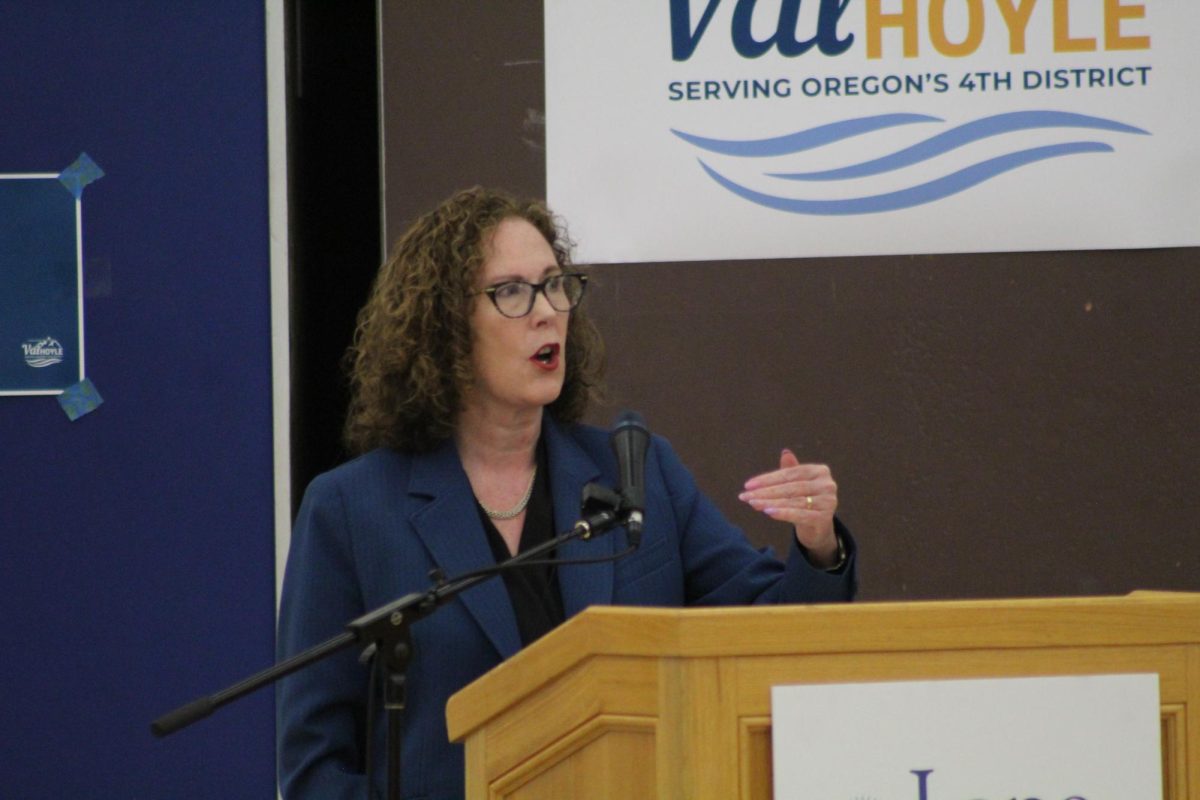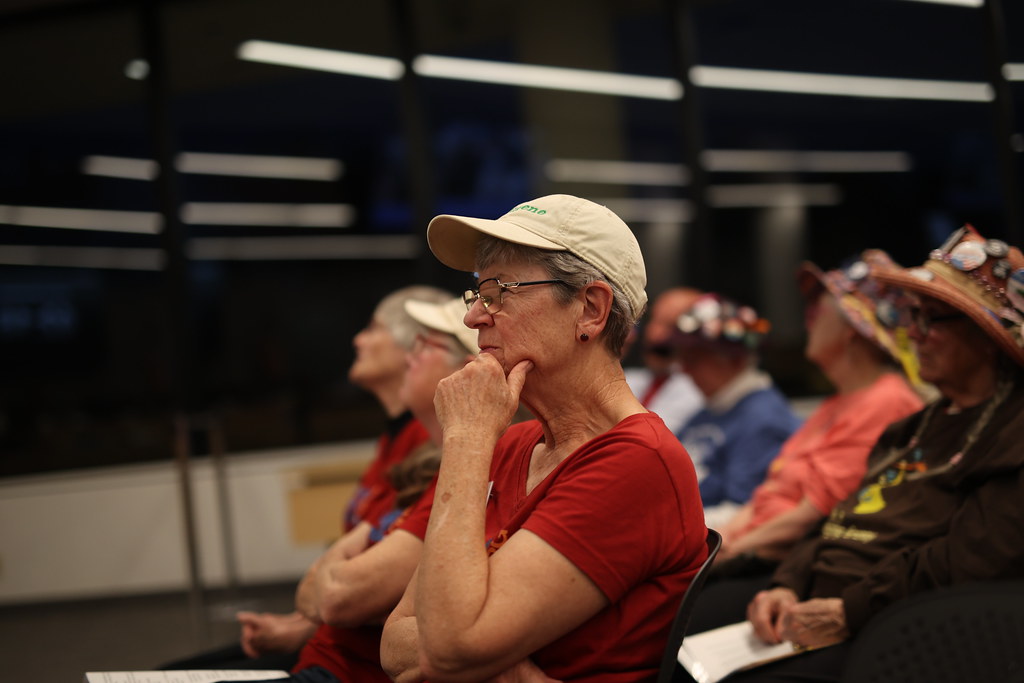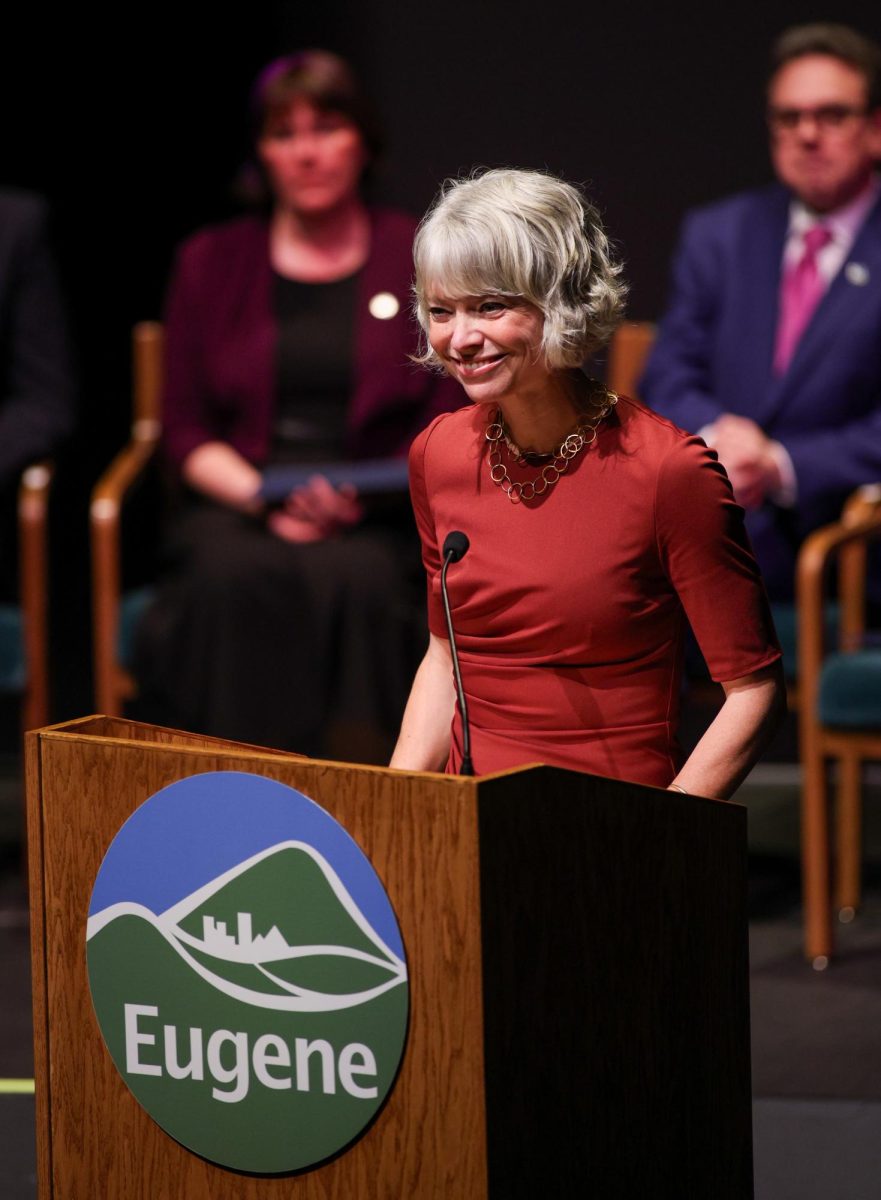The Oregon Health Authority will remove the general mask mandate for indoor public places no later than March 31, the Oregon Health Authority announced on Feb. 7. At this time, the University of Oregon has no changes to its policy requiring masks in indoor spaces.
Mel Keller, Graduate Teaching Fellows Federation president, said the GTFF has not been in any conversations with UO about the mask requirement. The GTFF has been a strong advocate for mask-wearing throughout the pandemic.
“We do firmly believe that the university should maintain a mask mandate for in-person, on-campus activities, particularly because masks have been shown to be so protective and useful to stopping the spread of coronavirus,” Keller said. “Even if the cases of Omicron are going down, we don’t believe that we are in the clear yet. We still need to be taking protective measures and protecting our members and our students in their classroom spaces.”
OHA said health scientists expect Oregon to return to pre-Omicron hospitalization numbers — 400 or fewer across the state — by late March.
There were 113 COVID-19 cases reported on campus from Feb. 7 to 13, and cases have been on a downward trend since the week of Jan. 3.
The OHA announcement quoted Dean Sidelinger, state epidemiologist: “The evidence from Oregon and around the country is clear: masks save lives by slowing the spread of COVID-19,” he said. “We should see COVID-19 hospitalizations drop by the end of March because so many Oregonians are wearing masks and taking other steps to protect themselves and each other, such as getting a booster shot or vaccinating their children. At that point, it will be safer to lift mask requirements.”
If Oregon’s hospitalizations reach the late-March target early, the mask mandate could be lifted sooner.
Mask mandates in K-12 schools will be lifted on March 31 regardless of the hospitalization levels in order to give schools time to prepare for the change.
While UO considers the latest health guidance from OHA and organizations like it, the university will not be affected the same way as K-12 schools. UO receives funding from the state, but no UO funding has been tied to any of the university’s COVID-19 policies, UO spokesperson Saul Hubbard said in an email.
Throughout the pandemic, UO has distributed over 36,000 cloth masks and has ordered over 48,00 surgical masks and over 330,000 KN95s, according to records obtained by the Emerald.
There are no plans to change the current mask distribution options, which include KN95s available for pick up across campus.
This OHA announcement is consistent with a national trend. Dr. Rochelle Walensky, director of the Centers for Disease Control and Prevention, said in a White House briefing that the CDC is cautiously optimistic about the trajectory of COVID-19.
“We want to give people a break from things like mask-wearing when these metrics are better, and then have the ability to reach for them again should things worsen,” she said in the briefing.
Both the CDC and OHA said lifting mask mandates is a consideration in tandem with other protections, like vaccination.
Approximately 65% of Americans are vaccinated, and roughly 96.5% of the UO community is vaccinated.
As UO considers the mandate, Keller urges decisiveness. When UO pivoted to partially remote instruction this term, it left a lot up to professors, which caused confusion, she said.
“If the mask mandate is put in that same kind of boat of being up to the discretion of the individual teacher for a classroom policy, I worry that that will cause the same types of confusion that we’ve been having to deal with, and will force instructors to take on increased work when they have to enforce massive mandates in their own classrooms, as well.”













